When it comes to traveling to Vietnam, Indian citizens often find themselves scrambling to understand the visa process. With the new Vietnam e-visa policy, the process has become much simpler and faster.
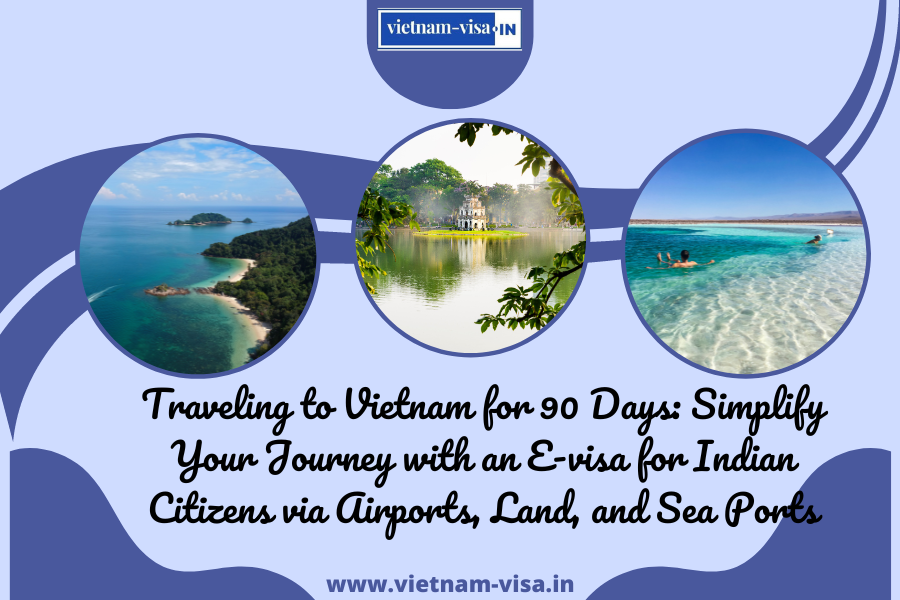
Traveling to Vietnam, a country teeming with rich history, captivating culture, and awe-inspiring natural beauty, has emerged as a preferred destination for globetrotters around the world. For Indian citizens, the journey to this enthralling nation has been simplified, thanks to the e-visa facility. From exploring bustling cities and quaint villages to indulging in delectable Vietnamese cuisine. Indian travelers can now unravel the wonders of Vietnam with ease, choosing to enter the country via airports, land, or seaports. This guide will walk you through all you need to know about the e-visa process and the border gates you can use to enter Vietnam.
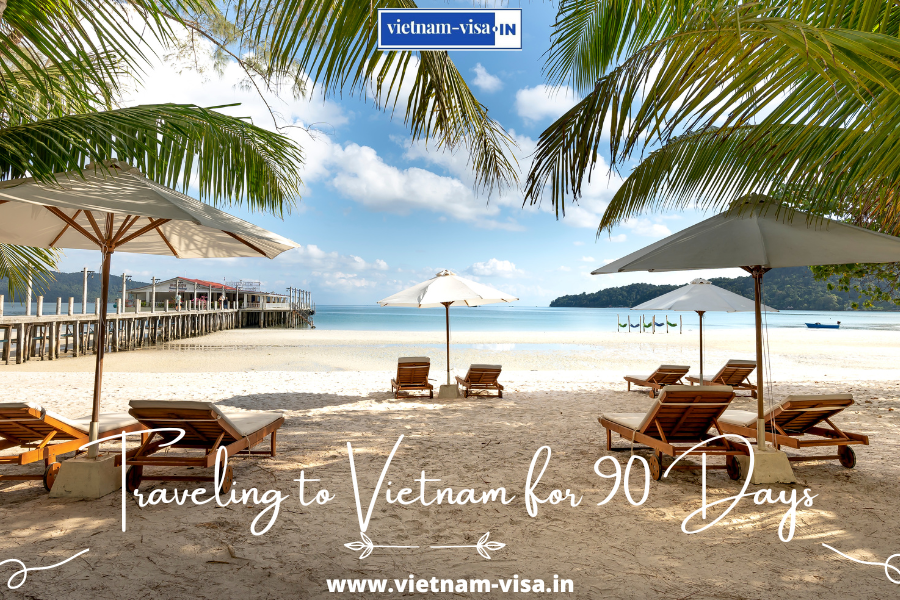
Traveling to Vietnam for 90 Days: Simplify Your Journey with an E-visa for Indian Citizens via Airports, Land, and Sea Ports
The Vietnamese government has recently announced an exciting update about its e-visa policy. As of August 15, 2023, Indian citizens, along with travelers from all countries, can apply for an e-visa to Vietnam. This development is a significant milestone, making it easier for Indian tourists to plan their Vietnamese adventure. Moreover, with E-visa, you can stay in Vietnam for up to 90 days with multiple entries.
Besides, a list of 42 international border gates allows E-visa holders to enter and exit the country, further facilitating the process.
The e-visa is valid for entry at any of the 42 international checkpoints within Vietnam, including 13 airports, 16 land border gates, and 13 seaports.
Vietnam boasts an impressive network of international airports, connecting the country to various global destinations. The 13 airport border gates where you can use your e-visa include:
(1) Noi Bai International Airport (HAN) – in Hanoi city
(2) Tan Son Nhat International Airport (SGN) – in Ho Chi Minh city
(3) Cam Ranh International Airport (CXR) – in Khanh Hoa province
(4) Da Nang International Airport (DAD) – in Da Nang city
(5) Cat Bi International Airport (HPH) – in Hai Phong city
(6) Can Tho International Airport (VCA) – in Can Tho city
(7) Phu Quoc International Airport (PQC) – in Phu Quoc Island
(8) Phu Bai International Airport (HUI) – in Thu Thien Hue province
(9)Van Don International Airport (VDO) – in Quang Ninh province
(10) Tho Xuan International Airport (THD) – in Thanh Hoa province
(11) Dong Hoi International Airport (VDH) – in Quang Binh province
(12) Phu Cat International Airport (UIH) – in Binh Dinh province
(13) Lien Khuong International Airport (DLI) – in Lam Dong province
Prefer a road trip to Vietnam from a neighboring country? No problem! You can use your e-visa at any of the 16 land international border gates, namely:
(1)Tay Trang land border gates (Dien Bien Province)
(2) Mong Cai land border gates (Quang Ninh Province)
(3) Huu Nghi land border gates (Lang Son Province)
(4) Lao Cai land border gates (Lao Cai Province)
(5) Na Meo land border gates(Thanh Hoa Province)
(6) Nam Can land border gates(Nghe An Province)
(7) Cau Treo land border gates (Ha Tinh Province)
(8) Cha Lo land border gates (Quang Binh Province)
(9) La Lay land border gates (Quang Tri Province)
(10) Lao Bao land border gates (Quang TriProvince)
(11) Bo Y land border gates (Kon Tum Province)
(12) Moc Bai land border gates (Tay Ninh Province)
(13) Xa Mat land border gates (Tay Ninh Province)
(14) Tinh Bien land border gates (An Giang Province)
(15) Vinh Xuong land border gates (An Giang Province)
(16) Ha Tien land border gates (Kien Giang Province)
If you’re planning a maritime journey to Vietnam, you can use your e-visa at one of the 13 port border gates including:
(1) Hon Gai Seaport (Quang Ninh Province)
(2) Cam Pha Seaport (Quang Ninh Province)
(3) Hai Phong Seaport (Hai Phong City)
(4) Nghi Son Seaport (Thanh Hoa Province)
(5) Vung Ang Seaport (Ha Tinh Province)
(6) Chan May Seaport (Thua Thien Hue Province)
(7) Da Nang Seaport (Da Nang City)
(8) Nha Trang Seaport (Khanh Hoa Province)
(9) Quy Nhon Seaport (Binh Dinh Province)
(10) Dung Quat Seaport (Quang Ngai Province)
(11) Vung Tau Seaport (Ba Ria – Vung Tau Province)
(12) HCMC Seaport (Ho Chi Minh City)
(13) Duong Dong Seaport (Kien Giang Province)
The e-visa application process for Vietnam is quite straightforward. It is entirely online, and you can complete it in just a few simple steps:
Please note that if you wish to avoid the hassle of applying yourself, you can use our services for an additional cost. Moreover, you can apply for Vietnam in emergency cases, with our services you can get a Vietnam visa in 2 – 4 hours.
The e-visa brings a host of benefits for Indian citizens. It eliminates the need for physically visiting an embassy or consulate, saving time and effort. The online process is quick and hassle-free, and you can complete it from the comfort of your home or office. Moreover, the e-visa is valid for entry at various international checkpoints, offering flexibility in travel plans.
We are committed to making your journey to Vietnam as smooth as possible. Our e-visa services offer several benefits:
In conclusion, traveling to Vietnam for Indian citizens offers an enriching experience, with its blend of cultural heritage, natural landscapes, and gastronomic delights. Our comprehensive guide aims to simplify your journey, helping you navigate the e-visa process. And make the most out of your 90-day adventure in this fascinating country. So pack your bags, apply for your e-visa, and get ready to explore the vibrant hues of Vietnam!
“Apply Vietnam E-visa with us Here. And for any queries or assistance, feel free to contact us at info@vietnam-visa.in. We wish you happy travels and look forward to welcoming you to Vietnam!”
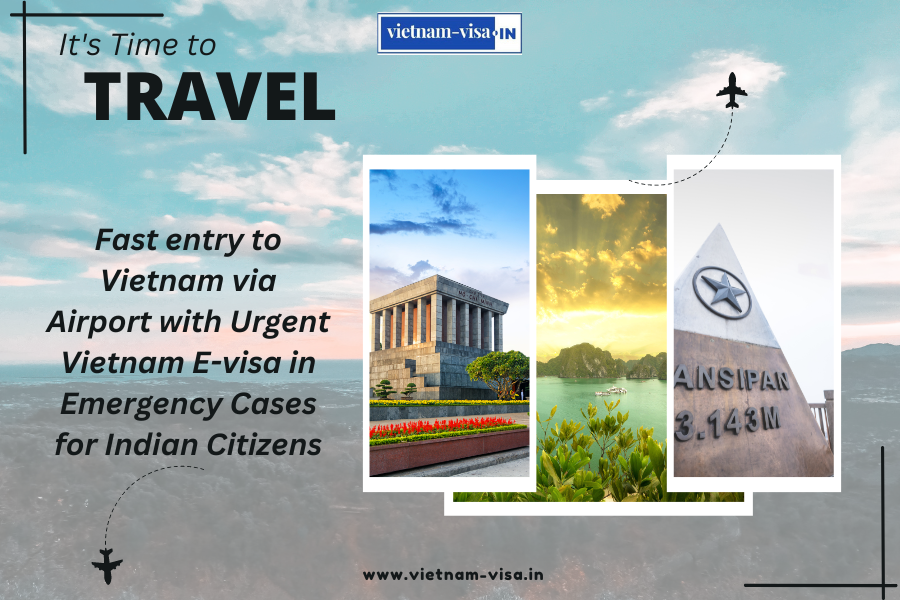
When it comes to traveling to Vietnam, Indian citizens often find themselves scrambling to understand the visa process. With the new Vietnam e-visa policy, the process has become much simpler and faster.
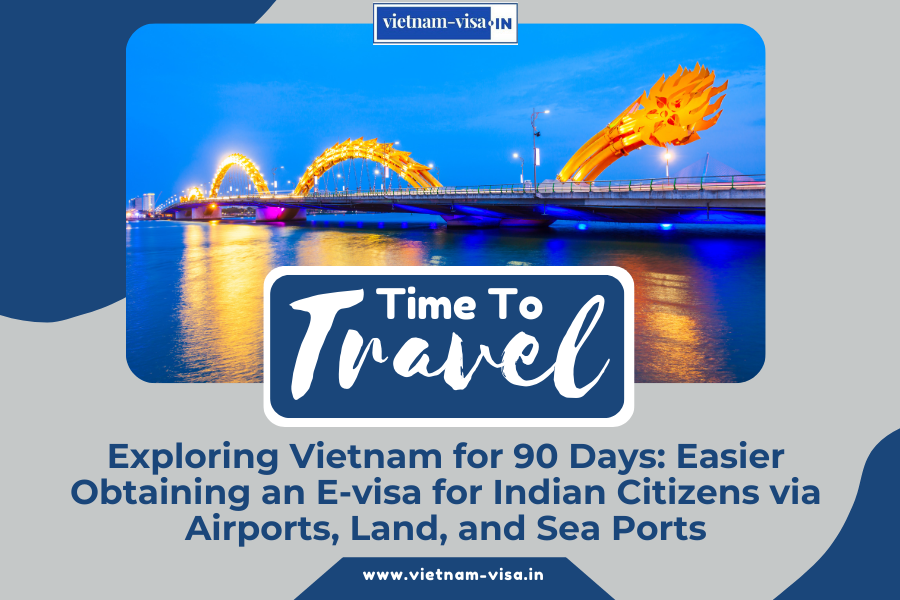
Vietnam, a country known for its rich history, vibrant culture, and breathtaking natural beauty, has always been a popular destination for travelers from around the world. And now, thanks to the new e-visa policy implemented by the Government of Vietnam, exploring this beautiful country for Indian citizens has become easier than ever before.

The Vietnamese government, always seeking innovative strategies to boost its economy and tourism, has recently extended the validity of its electronic visa, the Vietnam E-visa, from 30 to 90 days. This landmark decision, effective from August 15, 2023, is particularly significant for Indian entrepreneurs looking to explore the Vietnamese market.
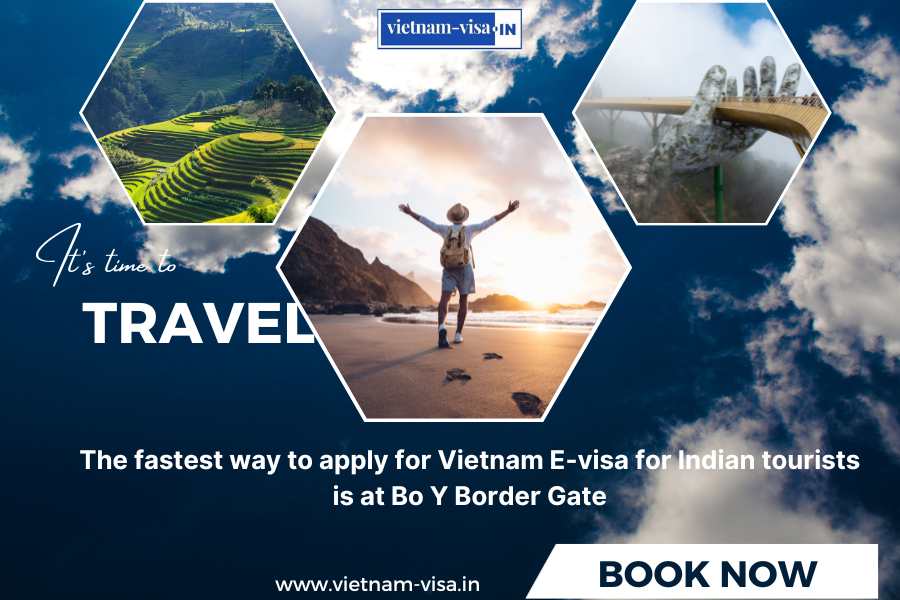
From August 15, 2023, the Vietnam e-visa policy has been extended to citizens of over all countries, including Indian tourists. In particular, the citizens of these countries can stay for up to 90 days with multiple entries in Vietnam.
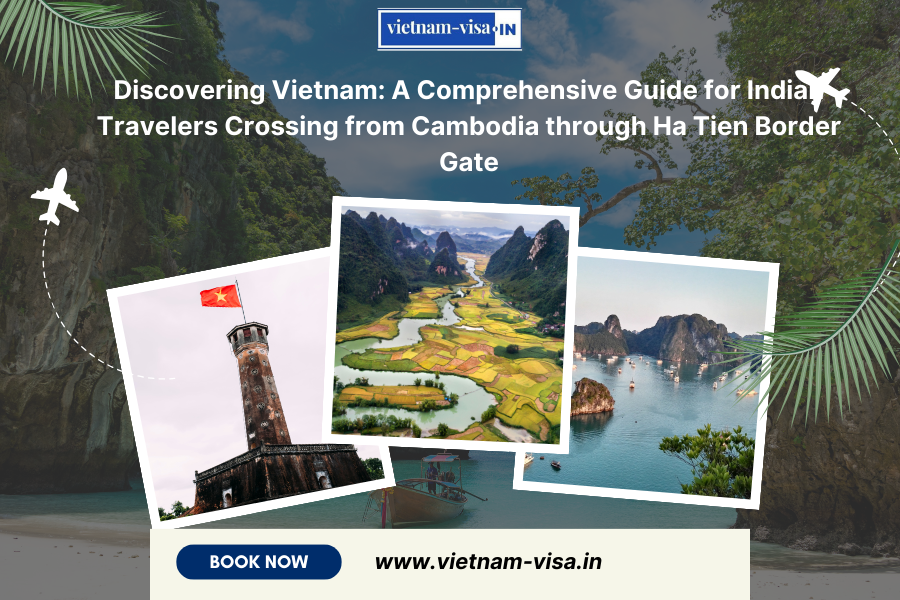
For Indian travelers, particularly those crossing from Cambodia through the Ha Tien Border Gate. The Vietnam E-visa presents a unique opportunity to explore a different Southeast Asian culture.
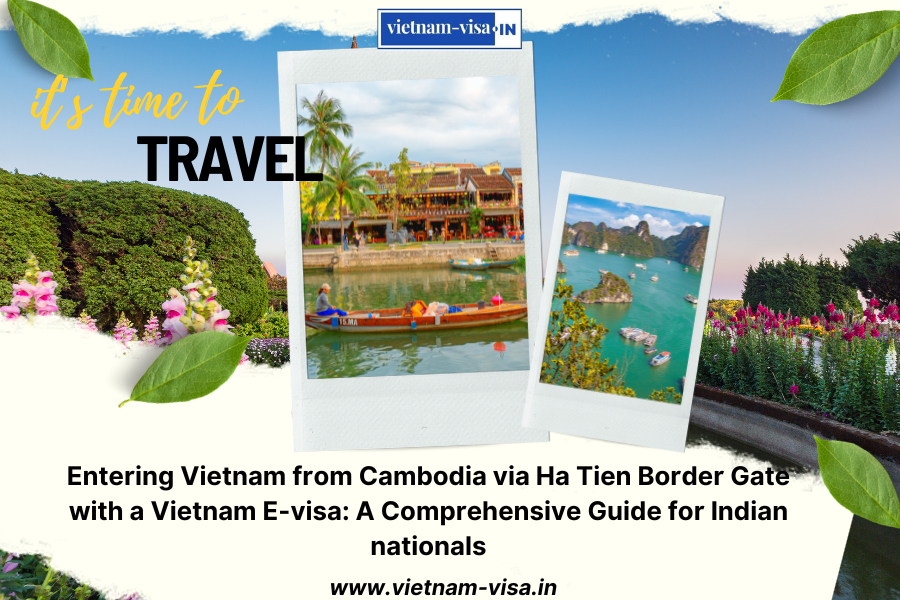
Since August 15, 2023, Vietnam’s e-visa policy has been extended to all countries, including India. The e-visa now allows for a stay of up to 90 days with multiple entries.
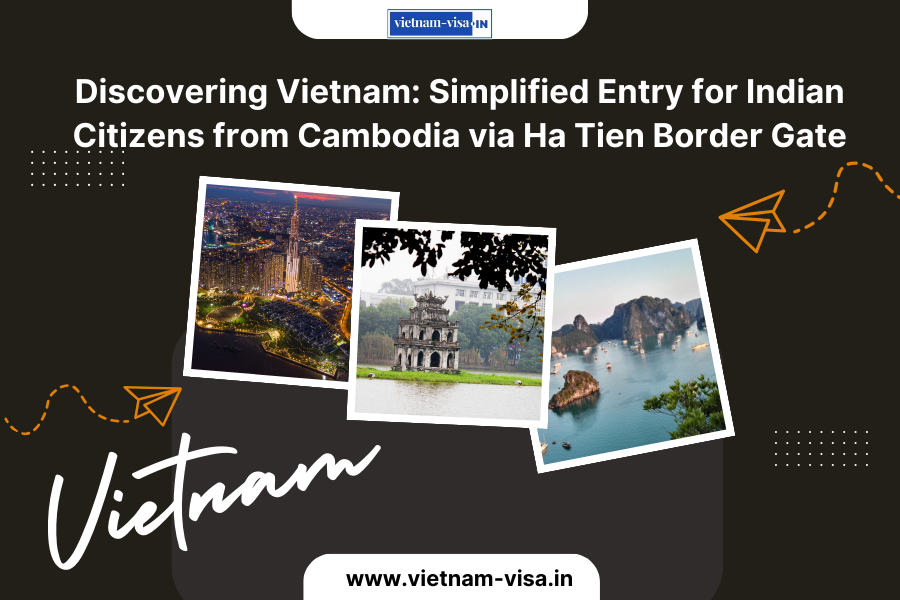
Vietnam, a Southeast Asian country known for its bustling cities, rich cultural heritage, and beautiful landscapes, has always been a favorite destination among Indian tourists. The recent extension of the Vietnam e-visa policy, effective from August 15, 2023.
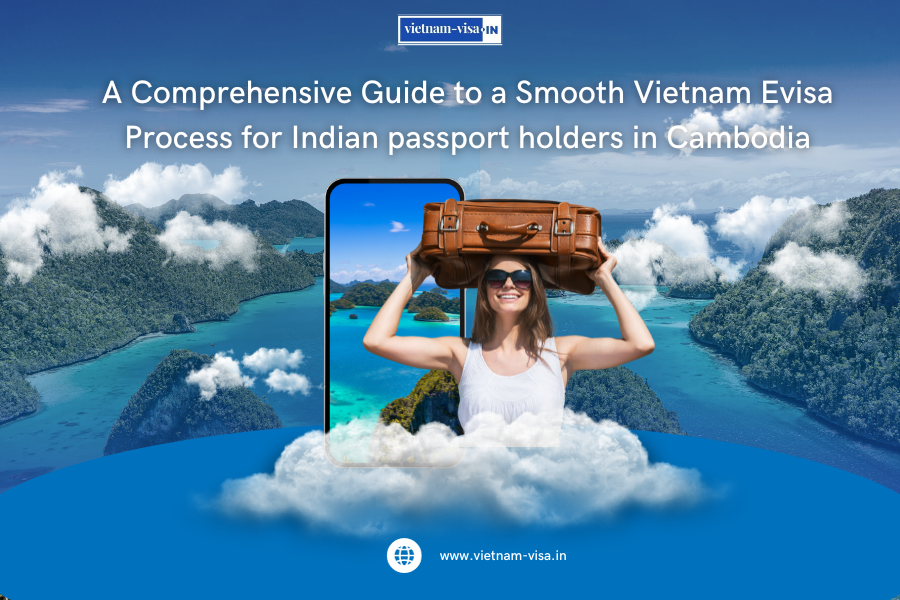
If you’re an Indian citizen residing in Cambodia and planning to visit Vietnam. The Vietnam Evisa is your best bet to ensure a smooth entry process, particularly through the Ha Tien Border Gate.
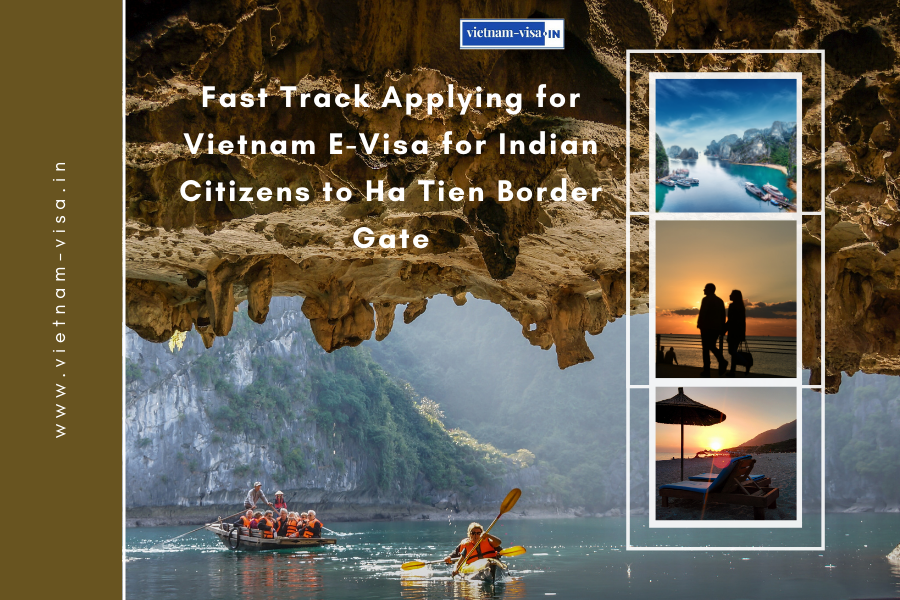
Brimming with rich history, diverse culture, mouth-watering cuisine, and stunning landscapes. Thus, Vietnam is an appealing destination for globetrotters worldwide.